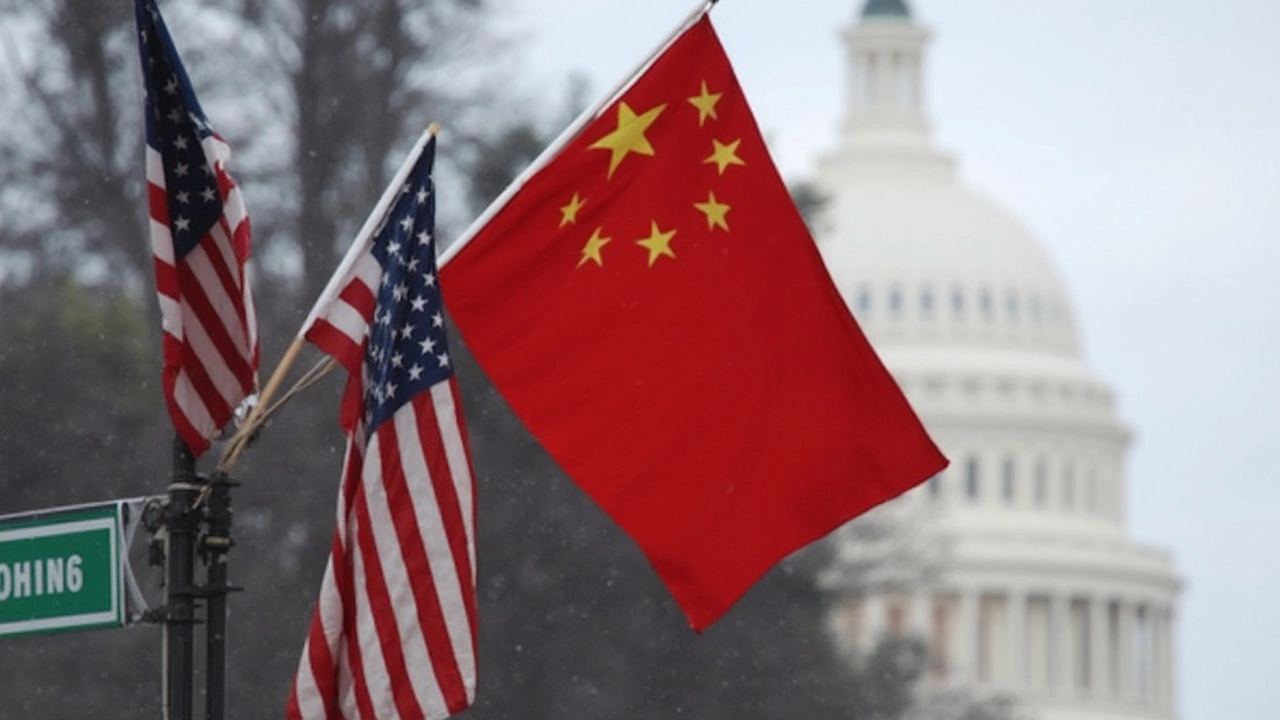Tariffs Trigger Turbulence in U.S. Markets
In early April 2025, investors were on a roller coaster ride as U.S. markets took sharp twists and turns following President Trump's flamboyant announcement of new tariffs. Initially, the stock markets plummeted as anxiety swept through Wall Street. The Dow Jones Industrial Average wasn't just dipping its toes into the red; it took a deep dive, swinging 2,300 points in just one day before settling down with a 320-point drop, equivalent to a 0.8% decrease. As it wasn't just the Dow that stumbled, the S&P 500 and Nasdaq joined the nosedive, diving by 1.5% and 2.1% respectively. This contributed to a more extended phase of despair for traders and investors, who watched the S&P 500 melt by 12.1%, the Dow crumble by 10.8%, and the Nasdaq swoon by an overwhelming 13.3% since the tariff news first broke.
Some companies found themselves in the direct line of fire. Lithium producer Albemarle saw its stock tumble a colossal 12.6% following a downgraded prediction from UBS. Meanwhile, Enphase Energy, a player in the solar sector, didn’t fare much better, slipping by 11.2% as the industry collectively fretted over international demand.
And let's not forget Bitcoin's dip below the $80,000 mark, with its value dwindling to $77,200, affecting related stocks like MicroStrategy and Coinbase. Chris Buchbinder of Capital Group advised investors to tread carefully, while Deutsche Bank's Jim Reid signaled more alarming sirens, hinting at the potential for sustained turbulence.

Market Rally Amid Tariff Respite
Yet, on April 9, the mood in the markets transformed almost magically when President Trump announced a surprise 90-day pause on tariffs for most countries. This dramatic shift buoyed the Dow, which rocketed 2,370 points upward (a 6.3% gain). Not to be left behind, the S&P 500 leaped ahead by 7.4%, and the Nasdaq shot up a stunning 9.6%, recapturing some of the losses that had frayed investors' nerves.
However, not everything was rosy, especially for China, which faced the brunt of increased tariffs, rising from 104% to a staggering 125%. The European markets didn't share in the optimism; instead, they reacted negatively. Key players such as the FTSE 100, DAX, and CAC 40 all descended more than 2%, with the EU drafting its playbook for potential countermeasures to U.S. tariffs on steel and aluminum.
Though the U.S. markets experienced a rebound, the specter of trade tensions continues to loom large. Investors are forced to grapple with an unpredictable landscape where a 10% baseline tariff is the new normal, and relations with China remain fraught. As the dust begins to settle from the week's tumult, the overarching sentiment remains one of caution, with analysts divided on whether these tempestuous times are a mere prelude to future disturbances.
